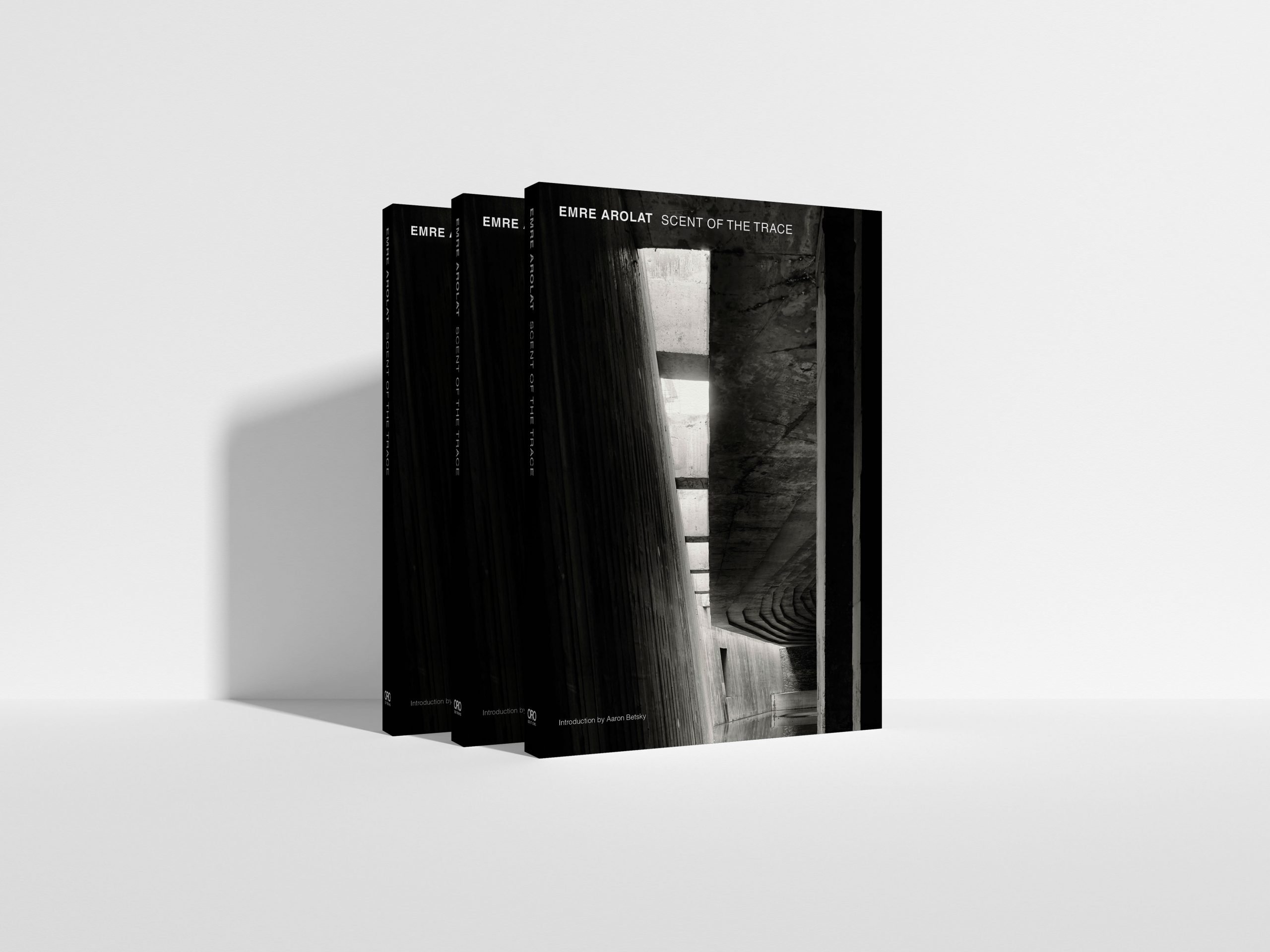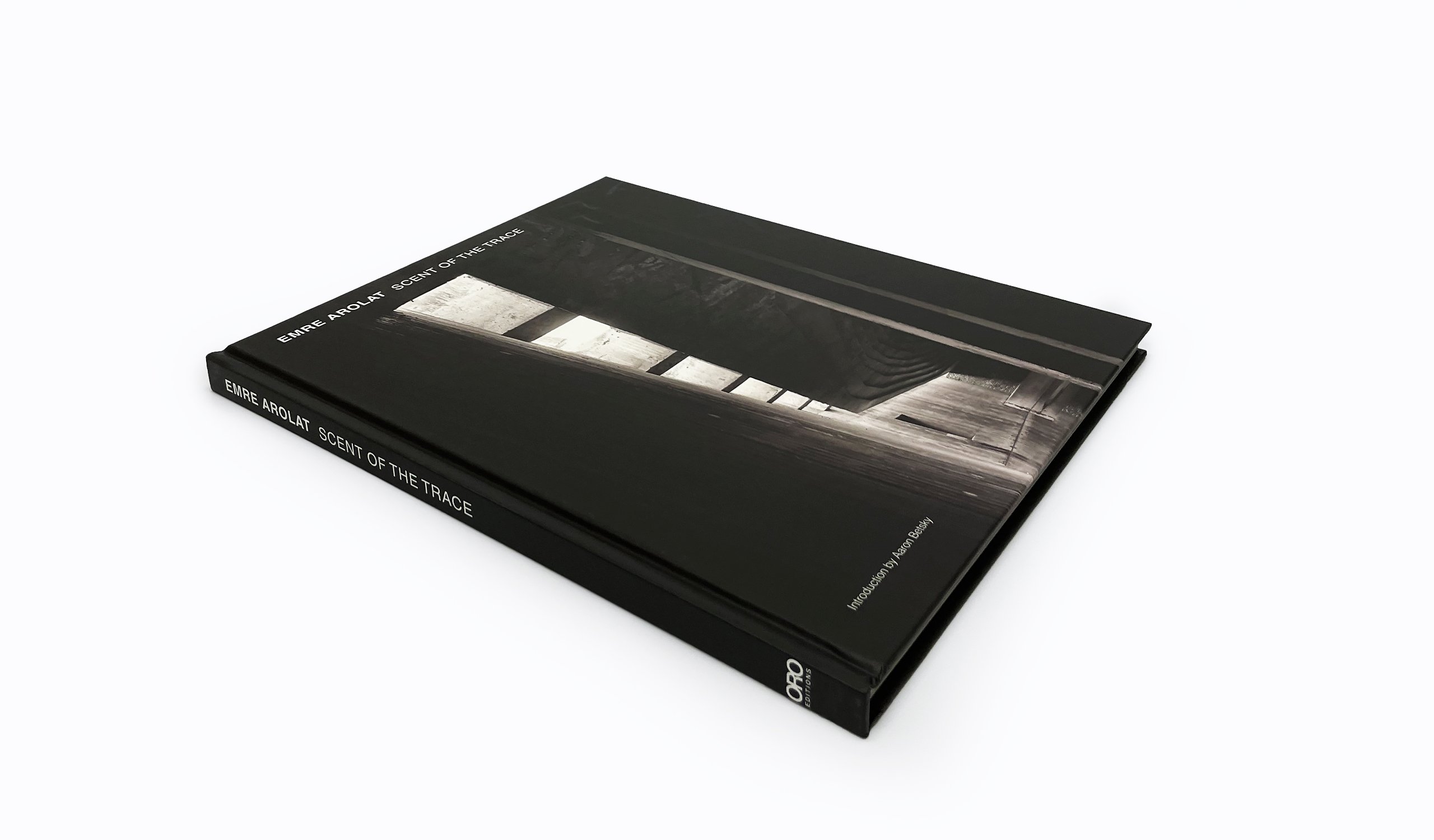







Protecting the privacy of those who visit the website operated by EAA – Emre Arolat Architecture (“COMPANY” or “EAA – Emre Arolat Architecture”) as the data controller (emrearolat.com) is one of our organization’s fundamental principles. This Cookie Usage Policy (“Policy”) explains the types of cookies used on our website and under what conditions.
Cookies are small text files stored on your computer or mobile device by the websites you visit.
They are commonly used to provide you with a personalized experience while using the website, improve the services offered, and enhance your overall experience when navigating a website. If you prefer not to use cookies, you can delete or block them through your browser settings. However, please note that this may affect your use of our website. Unless you change your cookie settings in your browser, we will assume that you accept the use of cookies on this site.
Cookies on websites collect data related to your browsing and usage preferences on the device you use to visit the site, depending on their type. This data includes the pages you access, the services and products you view, your preferred language choice, and other preferences.
Cookies are small text files stored on your device or web server through your browser by the websites you visit. These small text files, which contain your preferred language and other settings for the site, help remember your preferences for your next visit to the site and assist us in making improvements to our services to enhance your experience. This way, you can have a better and more personalized user experience during your next visit.
The primary purposes of using cookies on our website are listed below:
Session cookies ensure the proper functioning of the website during your visit. They are used for purposes such as maintaining the security and continuity of our sites during your visit. Session cookies are temporary and are deleted when you close your browser; they are not permanent.
These cookies are used to remember your preferences and are stored on your device through your browsers. Persistent cookies remain stored even after you close your browser or restart your computer, until you delete them from your browser settings.
Some types of persistent cookies can be used to provide personalized recommendations based on factors such as your purpose of using the website.
Persistent cookies help identify whether a cookie created by our website exists on your device when you revisit our website with the same device. If such a cookie exists, it is recognized that you have previously visited the site, and the content to be displayed to you is determined accordingly, thereby providing you with a better service.
These are essential cookies for the proper functioning of the website you visit. The purpose of these cookies is to provide necessary services by ensuring the operation of the site. For example, they allow you to access secure sections of the website, use its features, and navigate through it.
These cookies collect information about how the website is used, including frequency and number of visits, and show how visitors access the site. The purpose of using such cookies is to improve the functioning of the website, enhance performance, and determine general trends. They do not contain data that can identify visitors. For example, they may show the number of error messages displayed or the most visited pages.
These cookies remember the choices made by visitors within the site for their next visit, providing ease of use. For example, they prevent the need to re-enter a user’s password on each page visited.
They measure the effectiveness of the ads presented to visitors and calculate how many times ads are displayed. The purpose of such cookies is to provide visitors with personalized ads based on their interests.
Similarly, they determine the specific interests of visitors’ navigation and provide appropriate content. For example, they prevent the same ad from being shown to a visitor in a short period.
You can change your cookie preferences, block or delete cookies by changing your browser settings.
Many browsers offer options to accept or reject cookies, accept only certain types of cookies, or be alerted by the browser when a website requests to store cookies on your device.
Additionally, you can delete previously stored cookies in your browser settings.
Disabling or rejecting cookies may require you to manually adjust some preferences, and some features and services on the website may not work properly since we won’t be able to recognize and associate your account. You can change your browser settings by clicking on the relevant link in the table below.
The Internet Site Privacy Policy is dated 01/24/17. In case of any renewal of the entire Policy or specific articles, the effective date of the Policy will be updated. The Privacy Policy is published on the organization’s website (emrearolat.com) and is made available to relevant individuals upon request.
EAA – Emre Arolat Architecture
Address: Levent, Nispetiye Mah., Aytar Cad. No:24 Kat:3-4, 34340 Istanbul
Phone: +90 212 284 7073
Email: info@emrearolat.com
Website: emrearolat.com